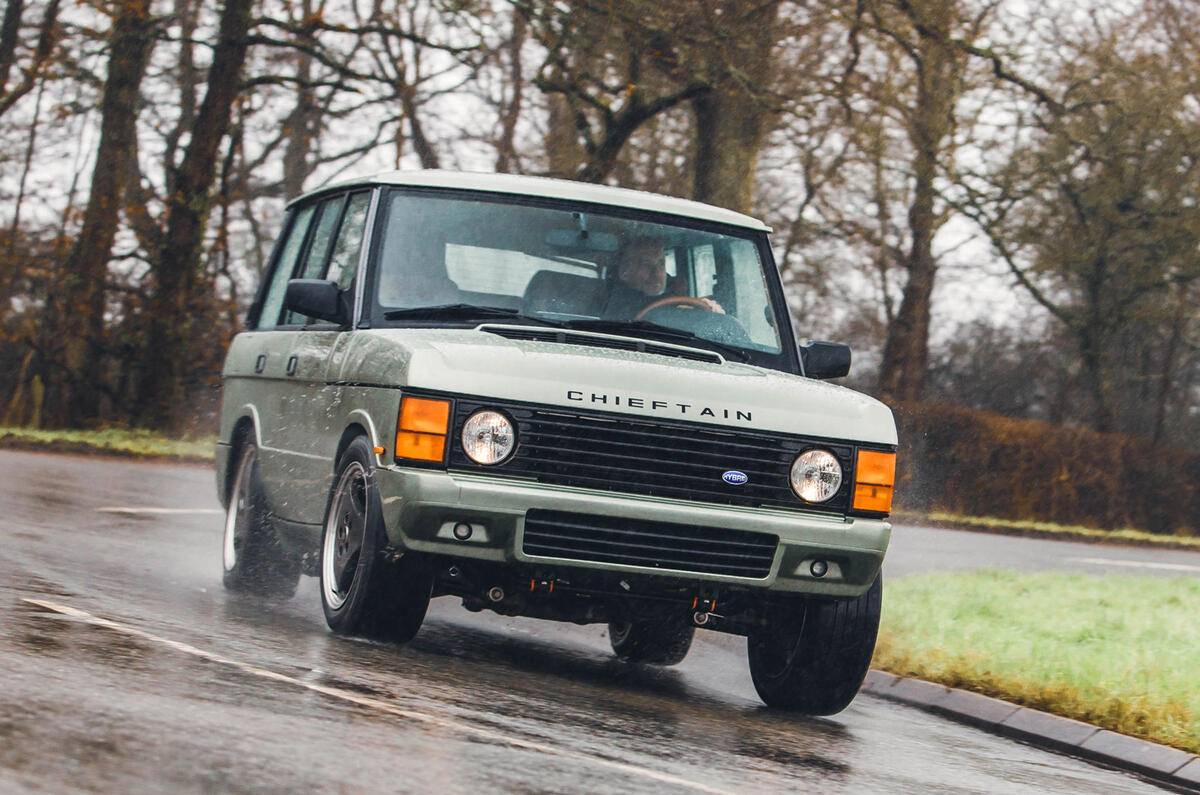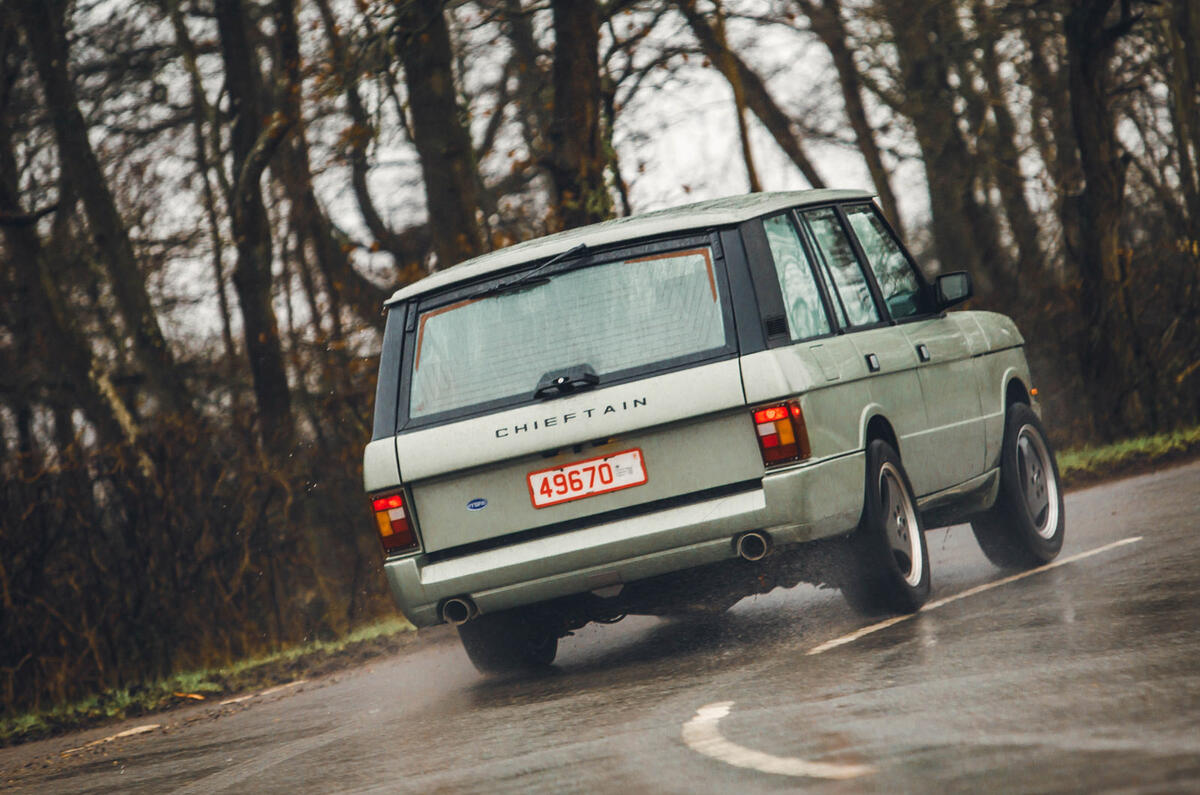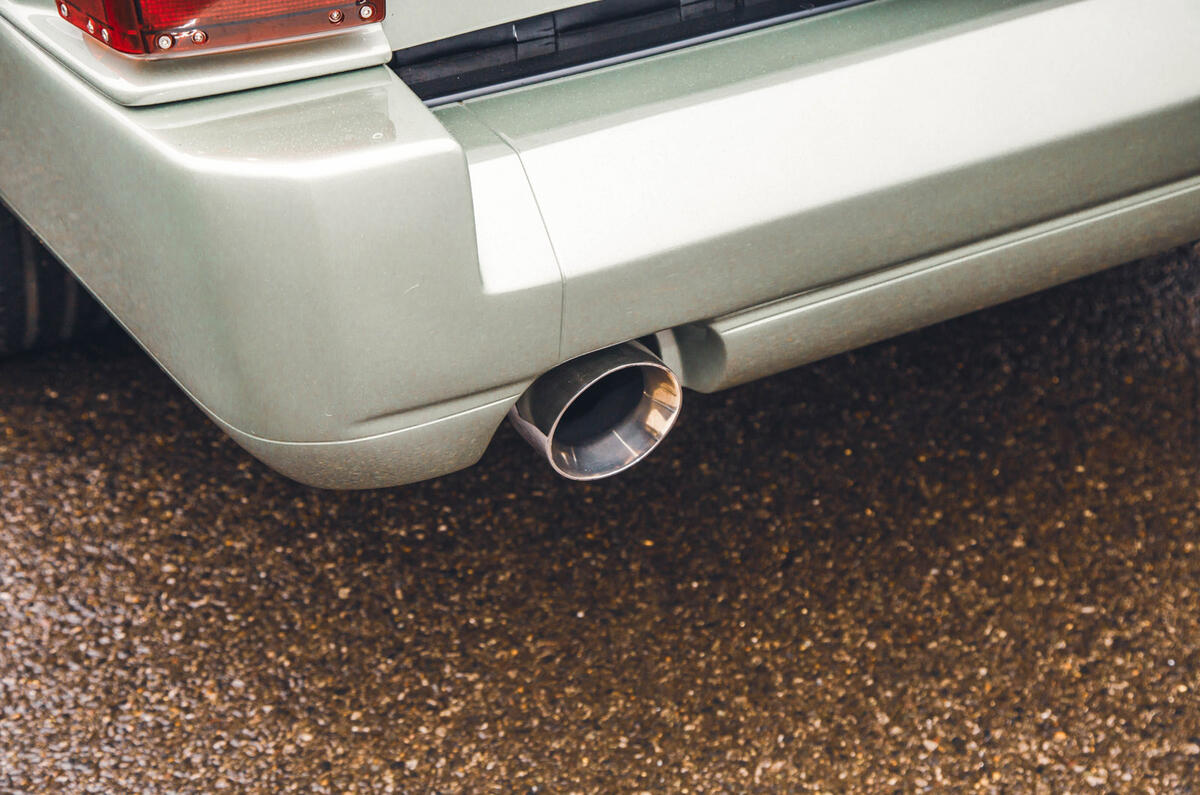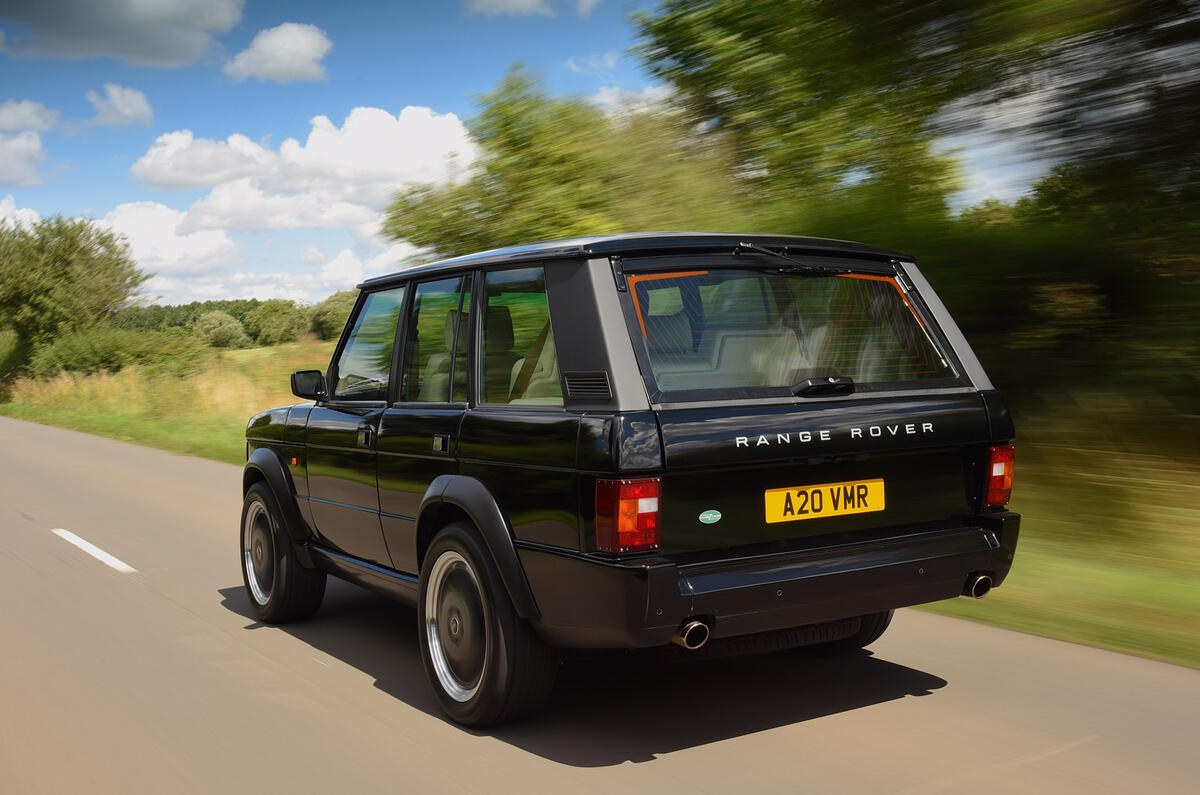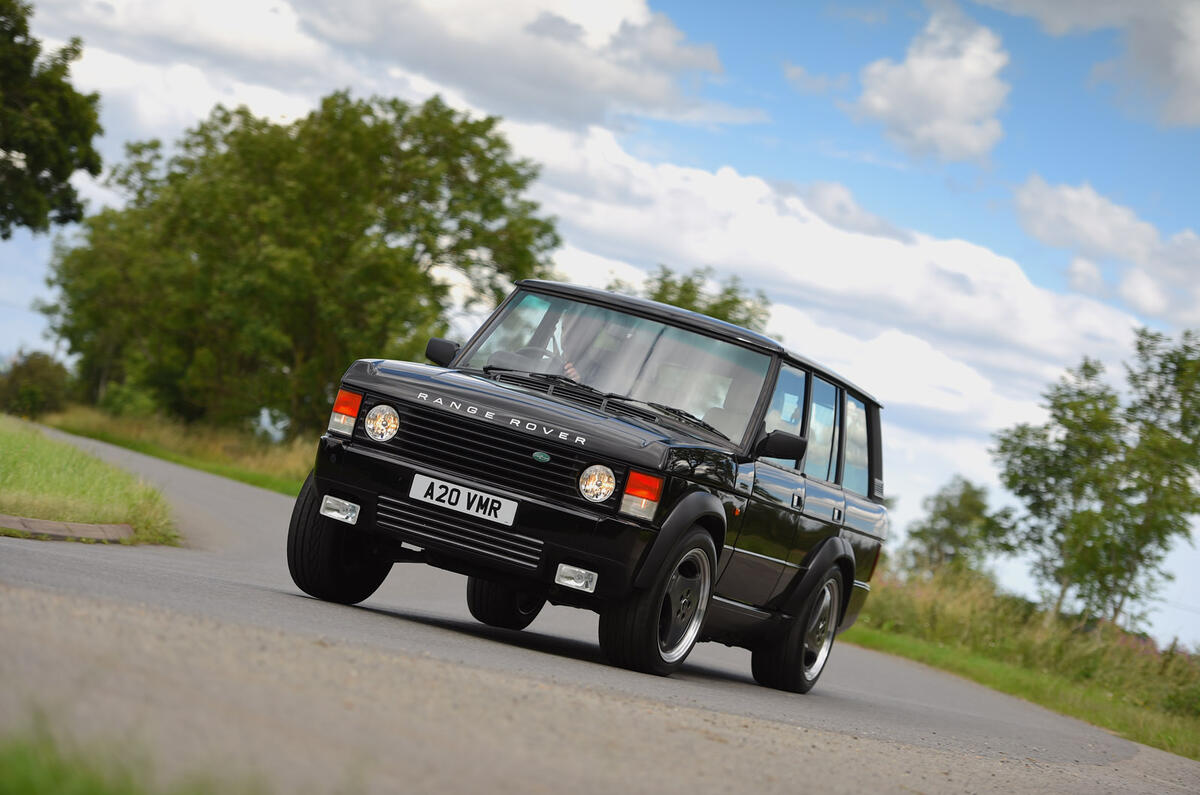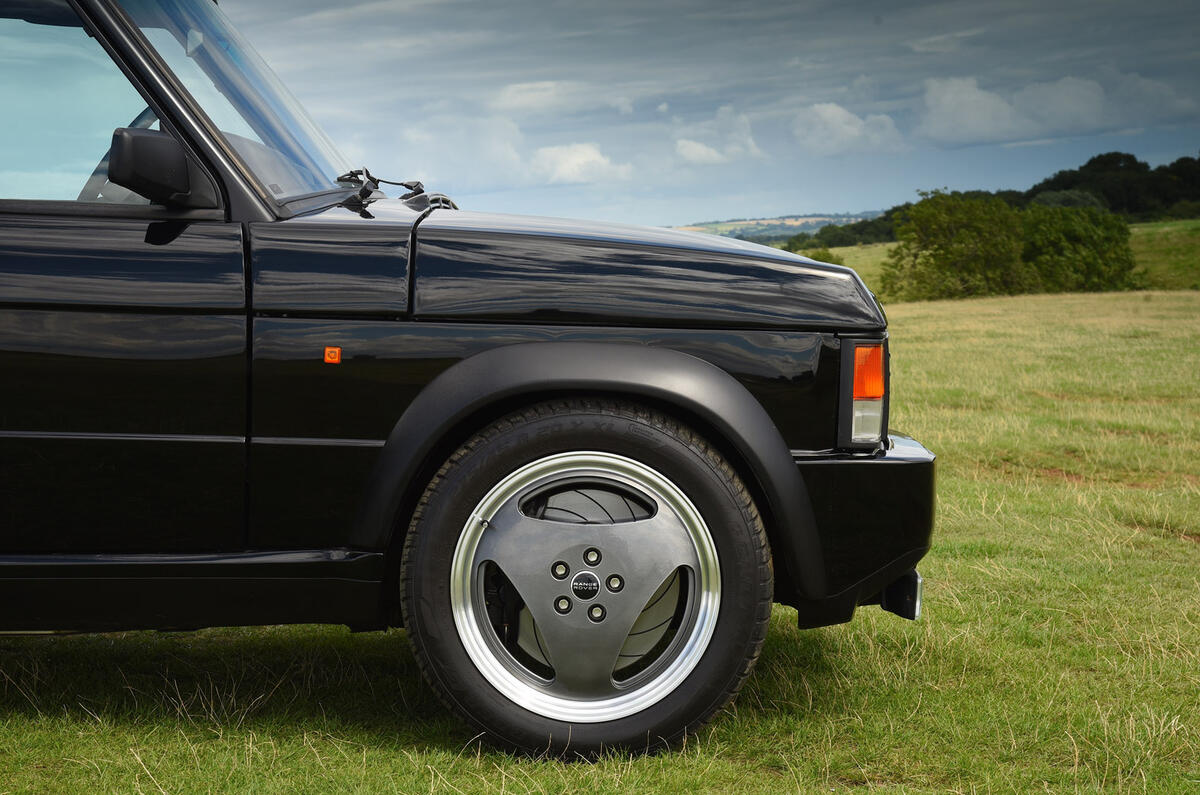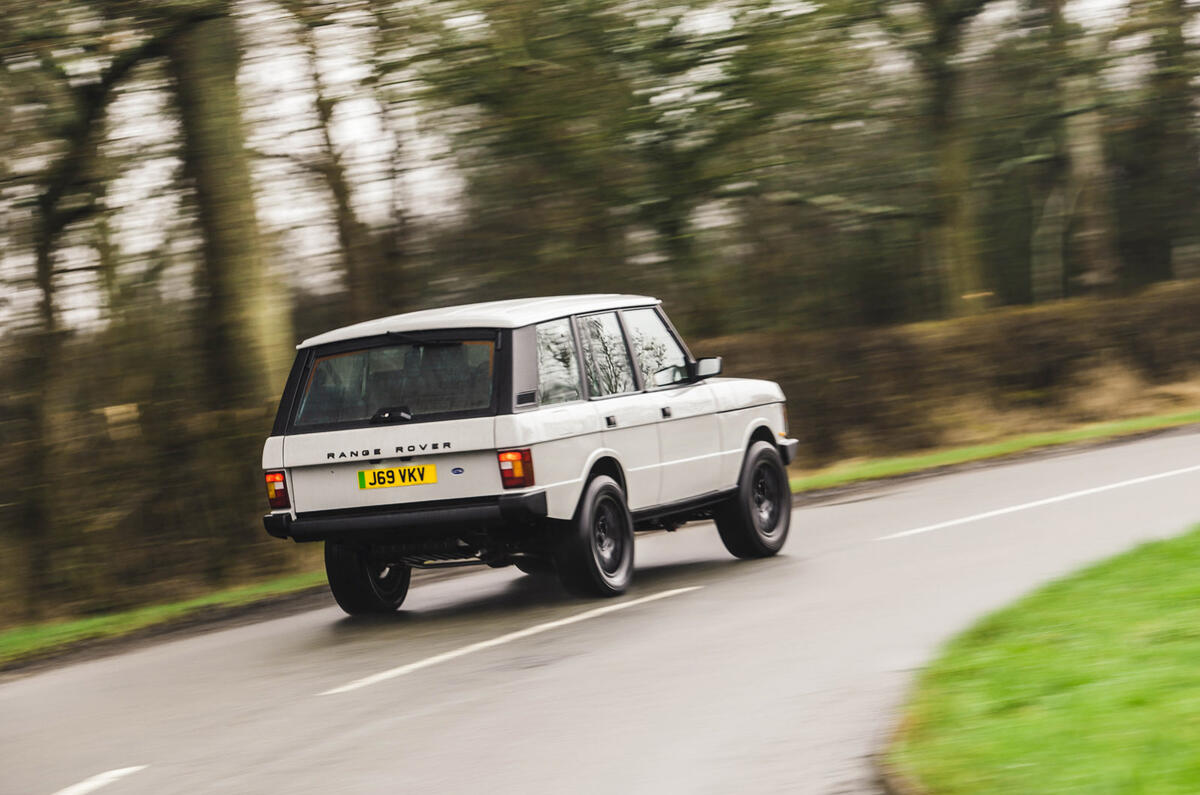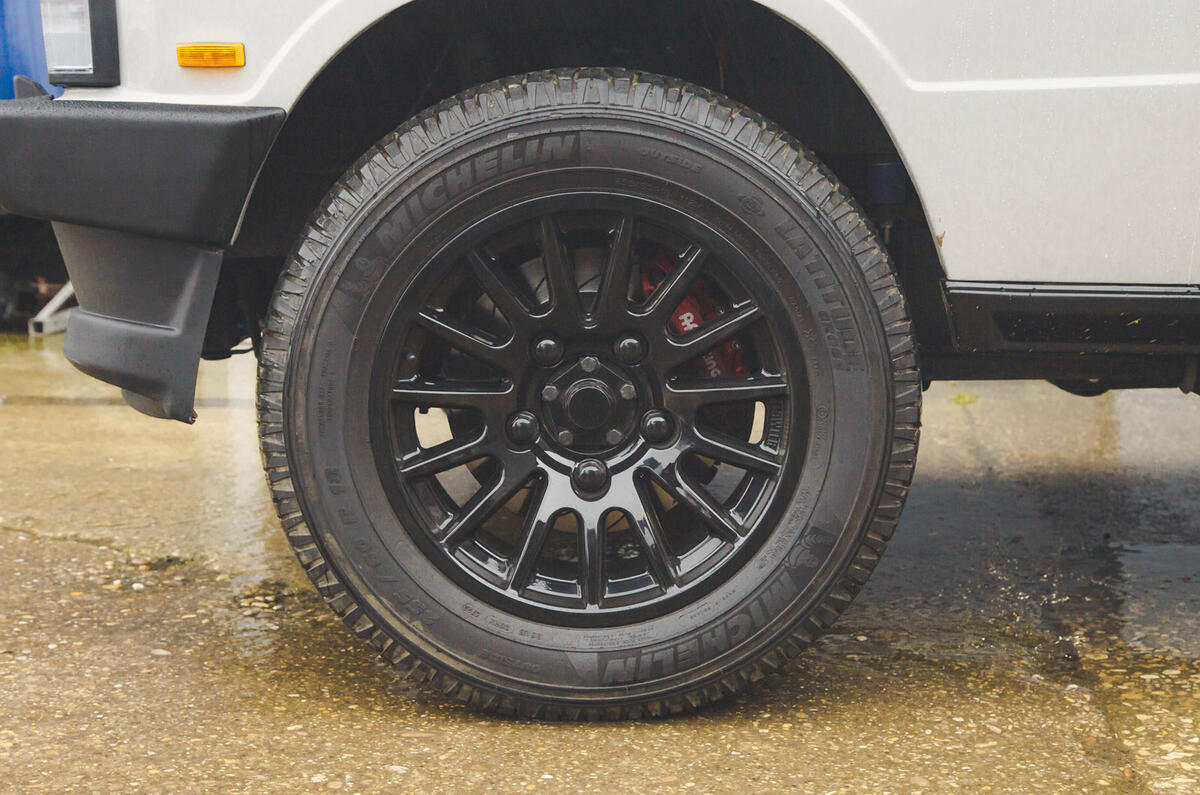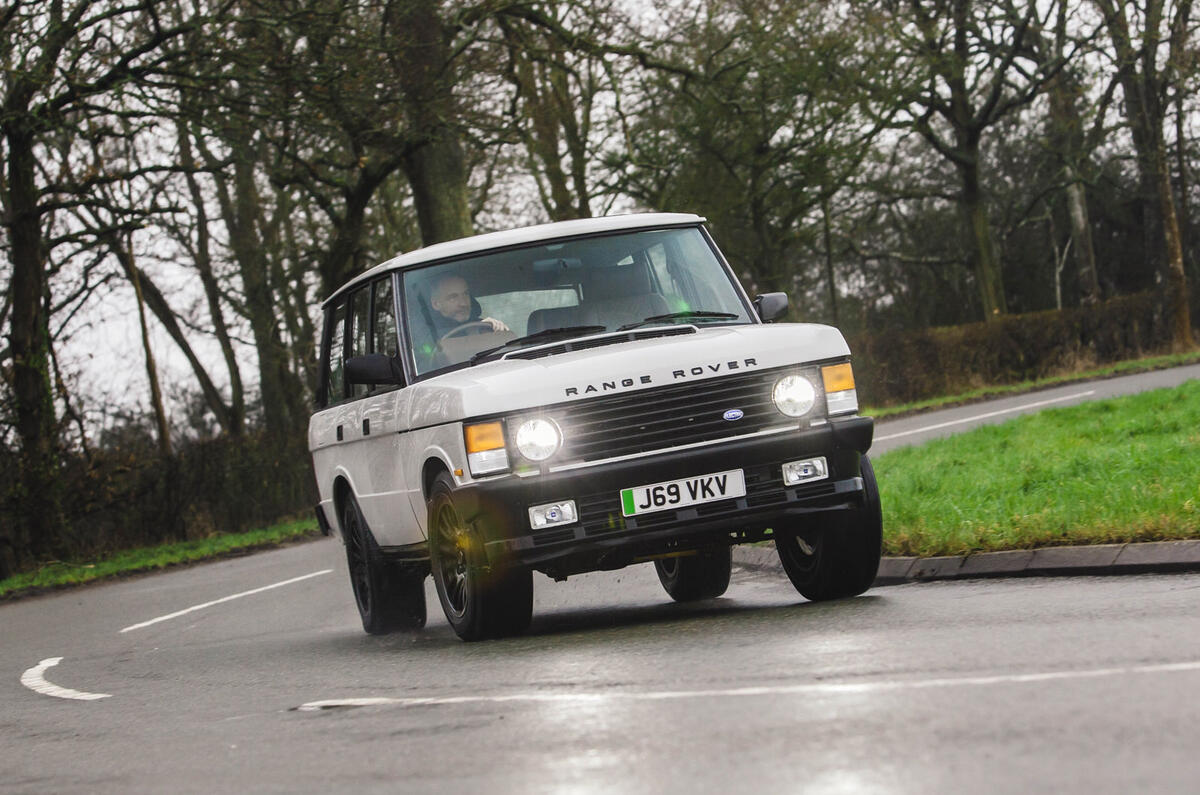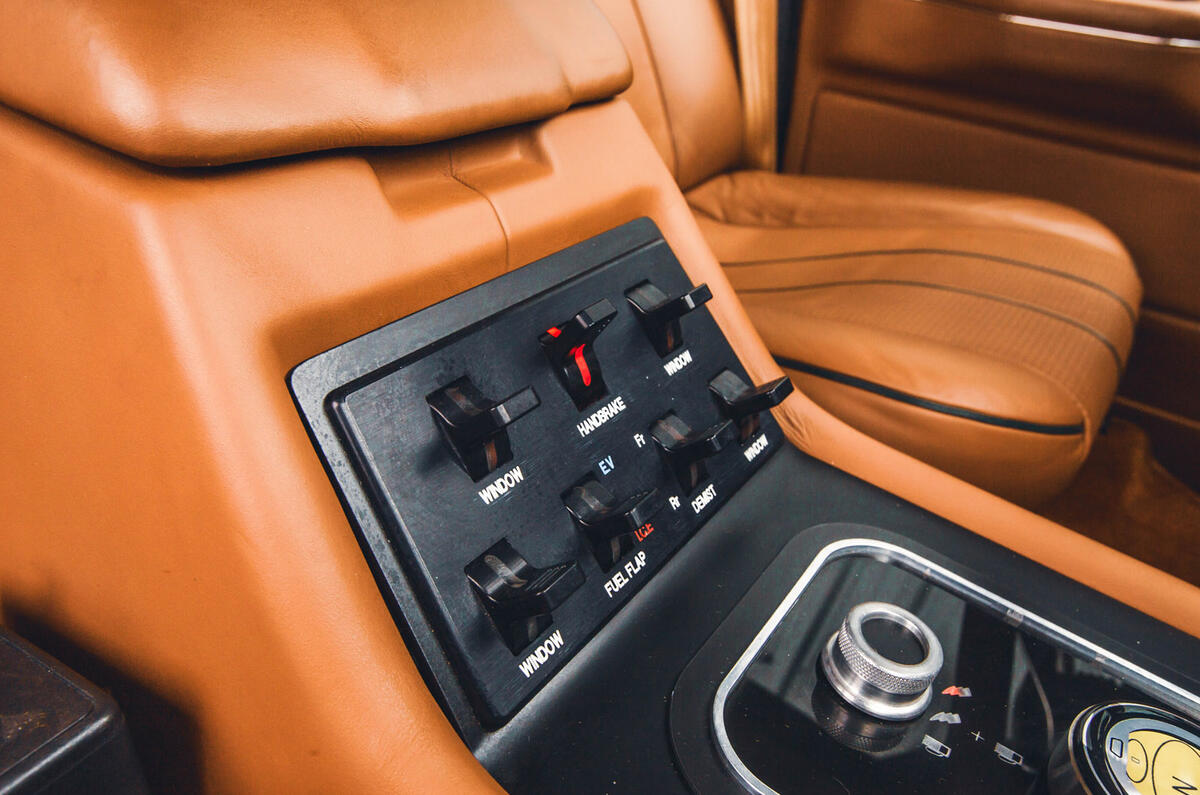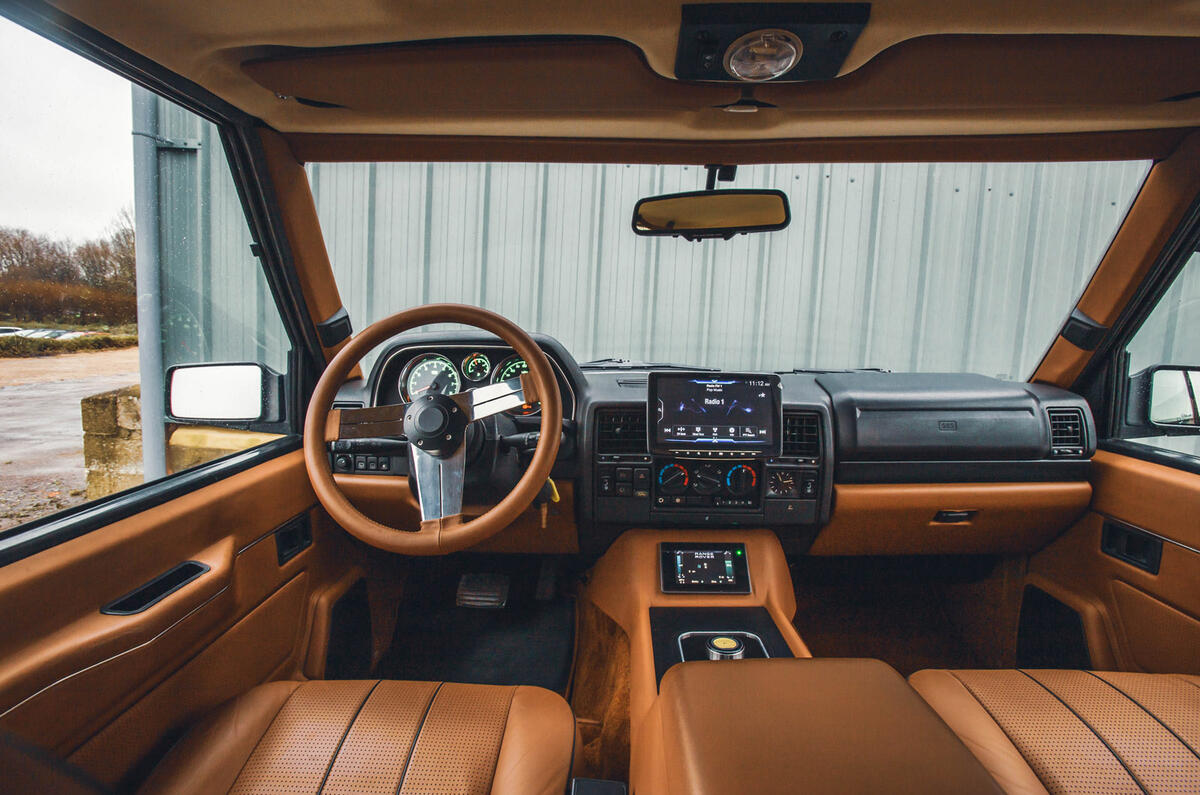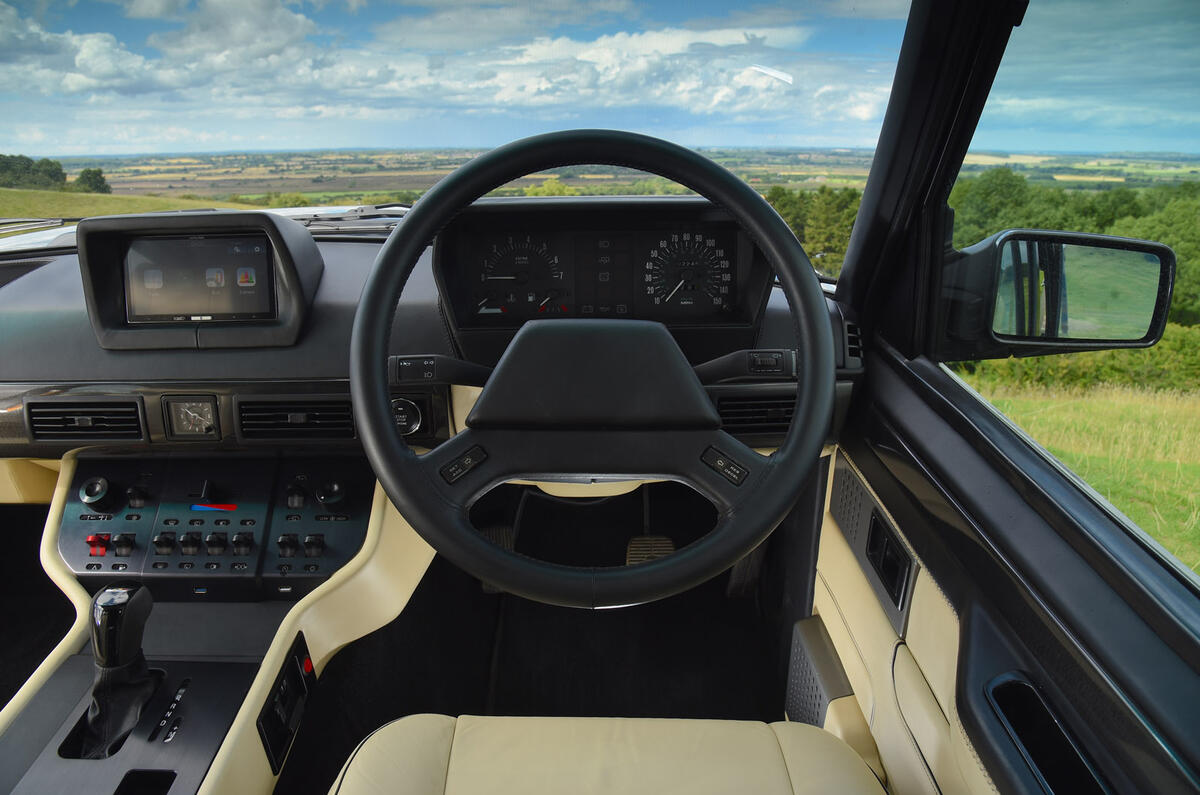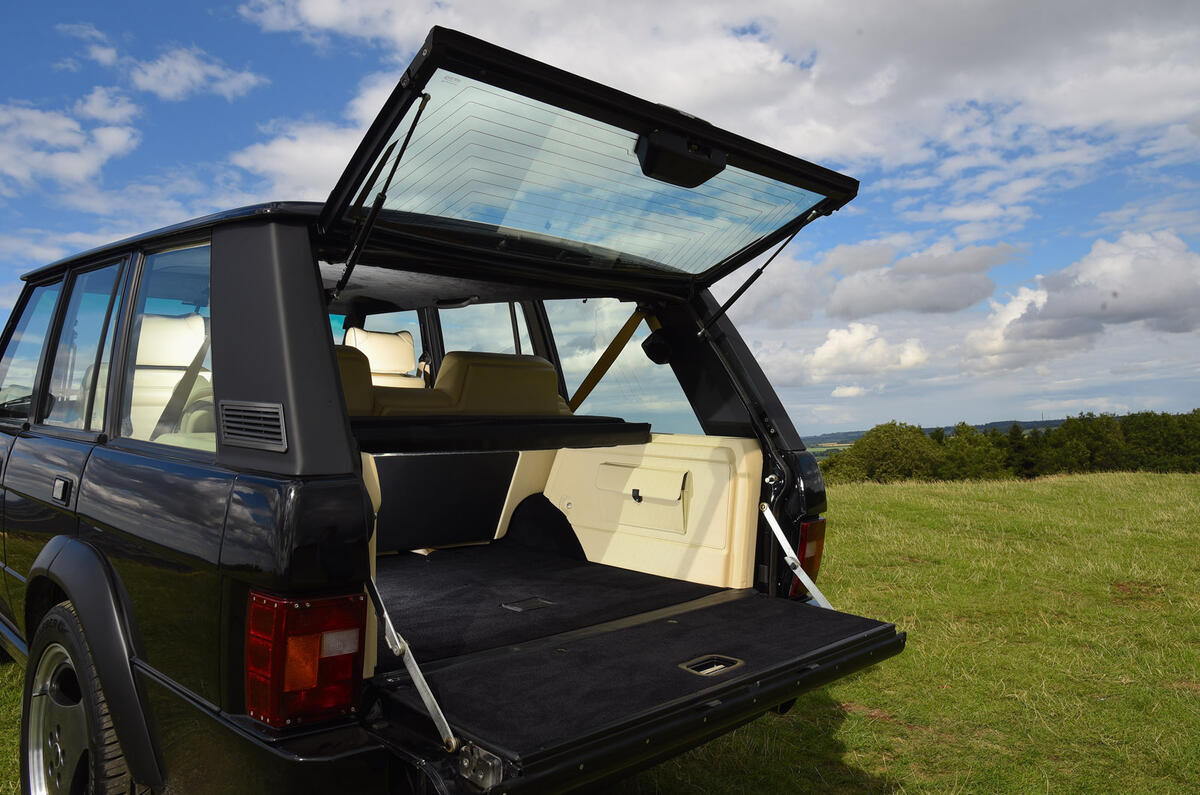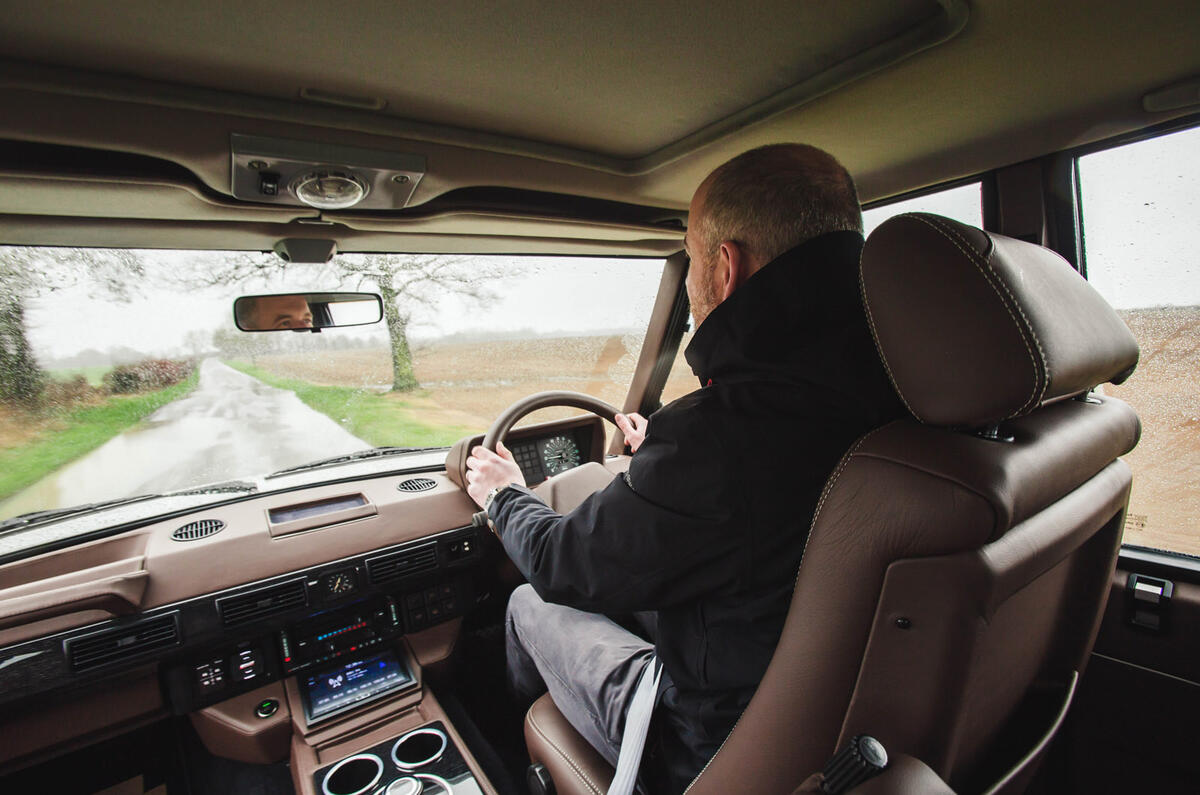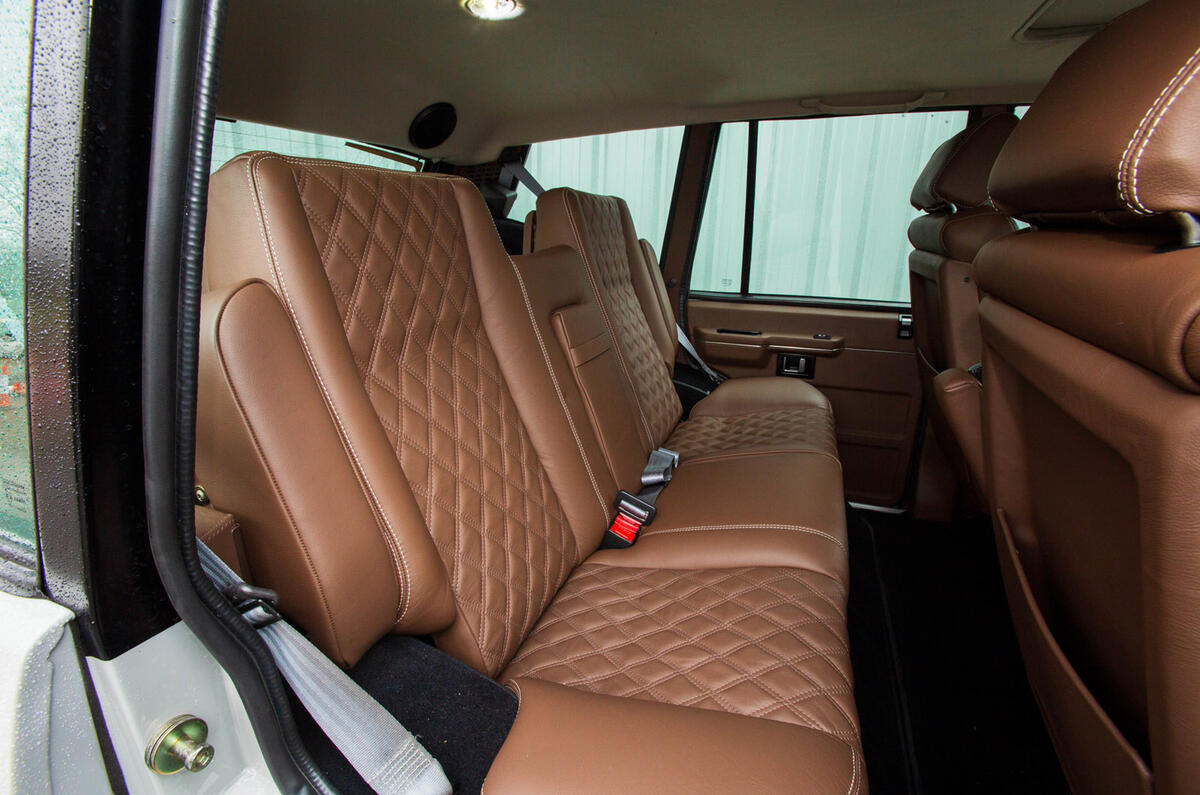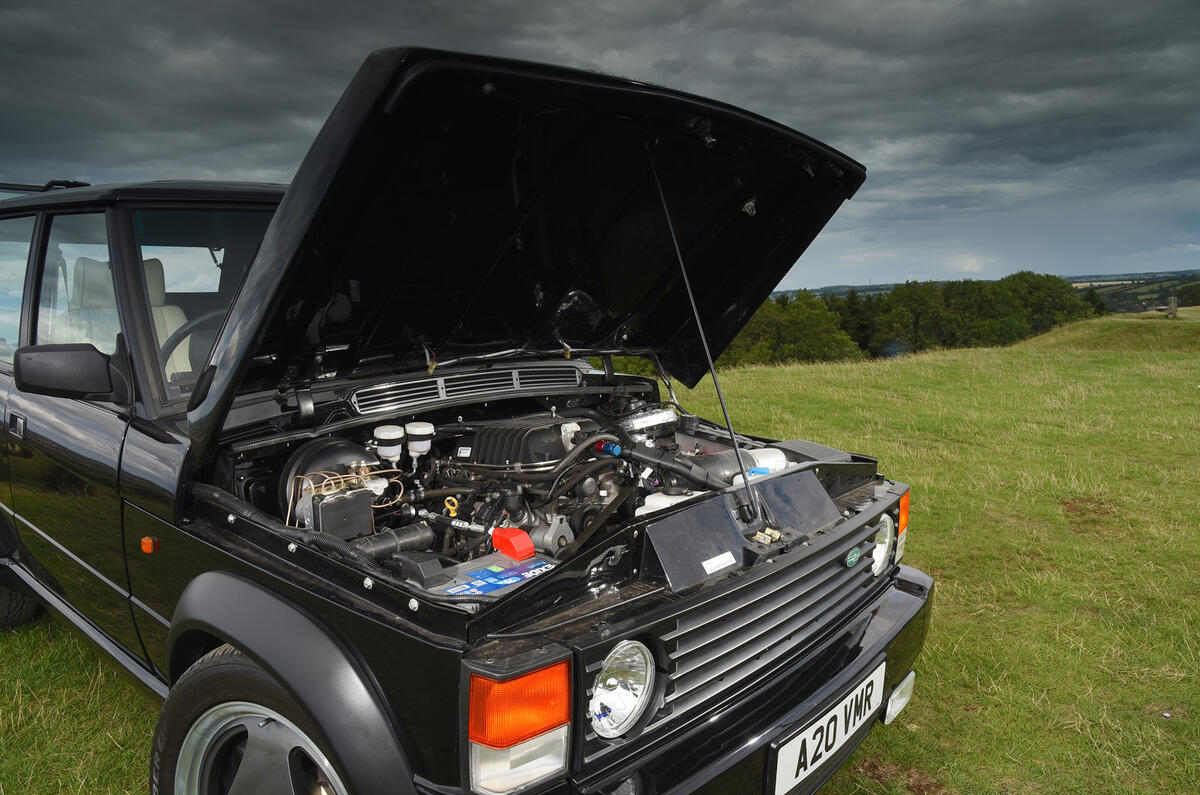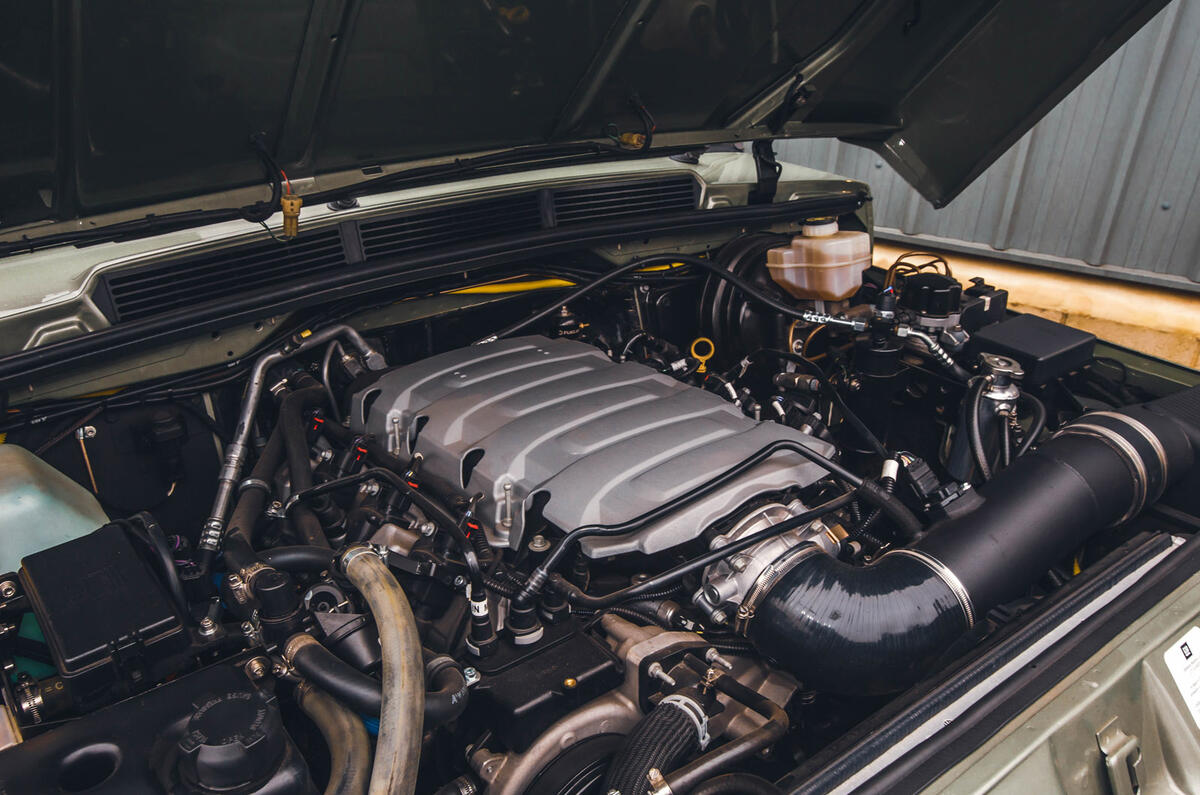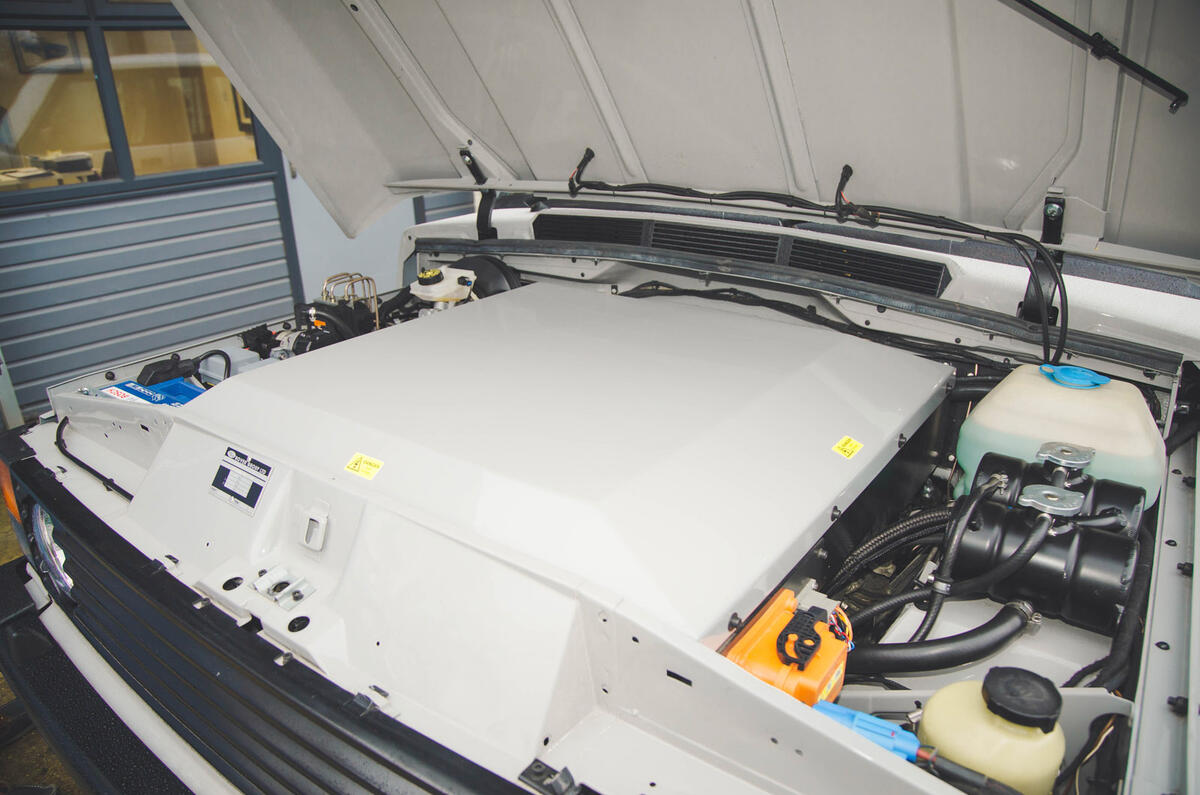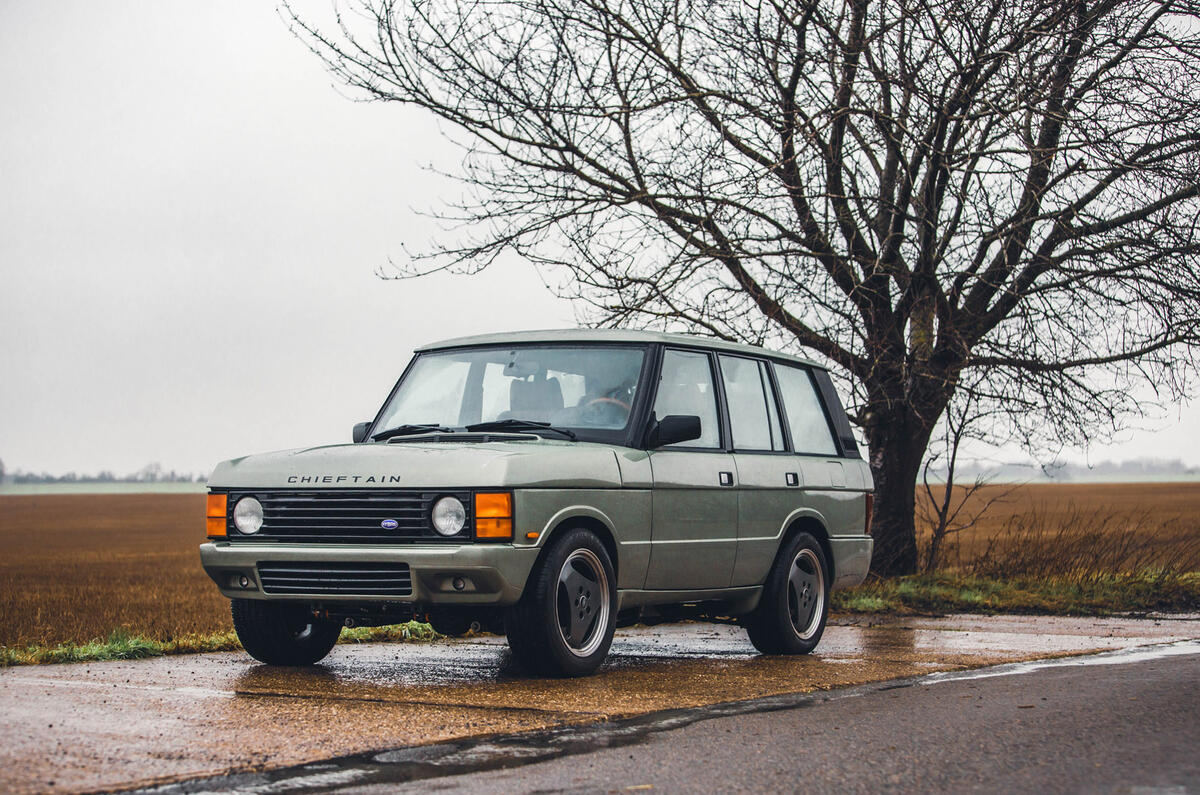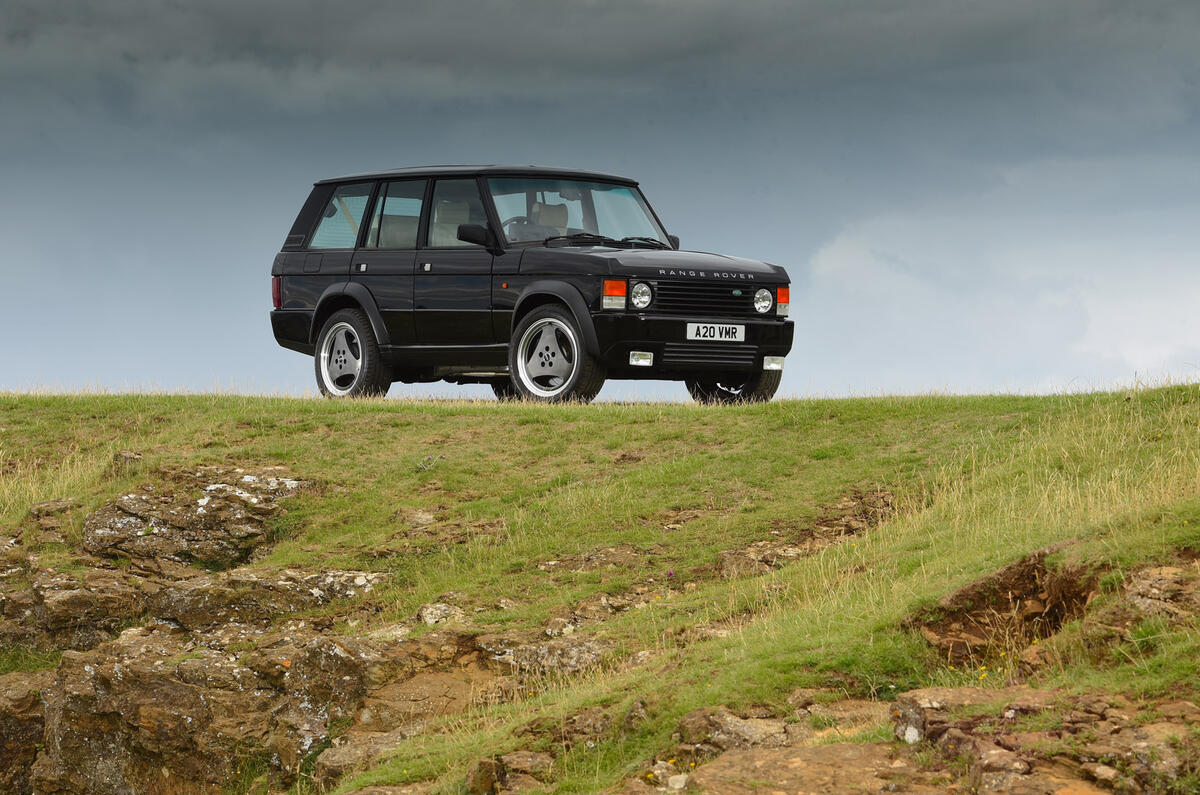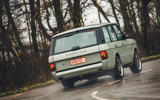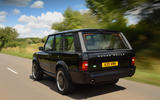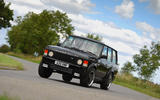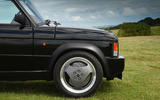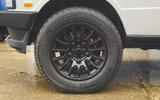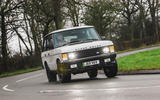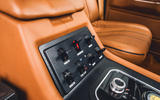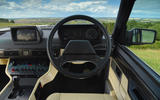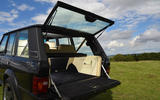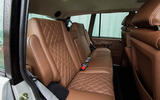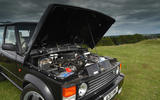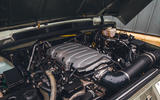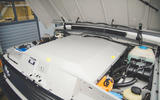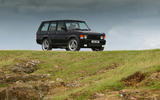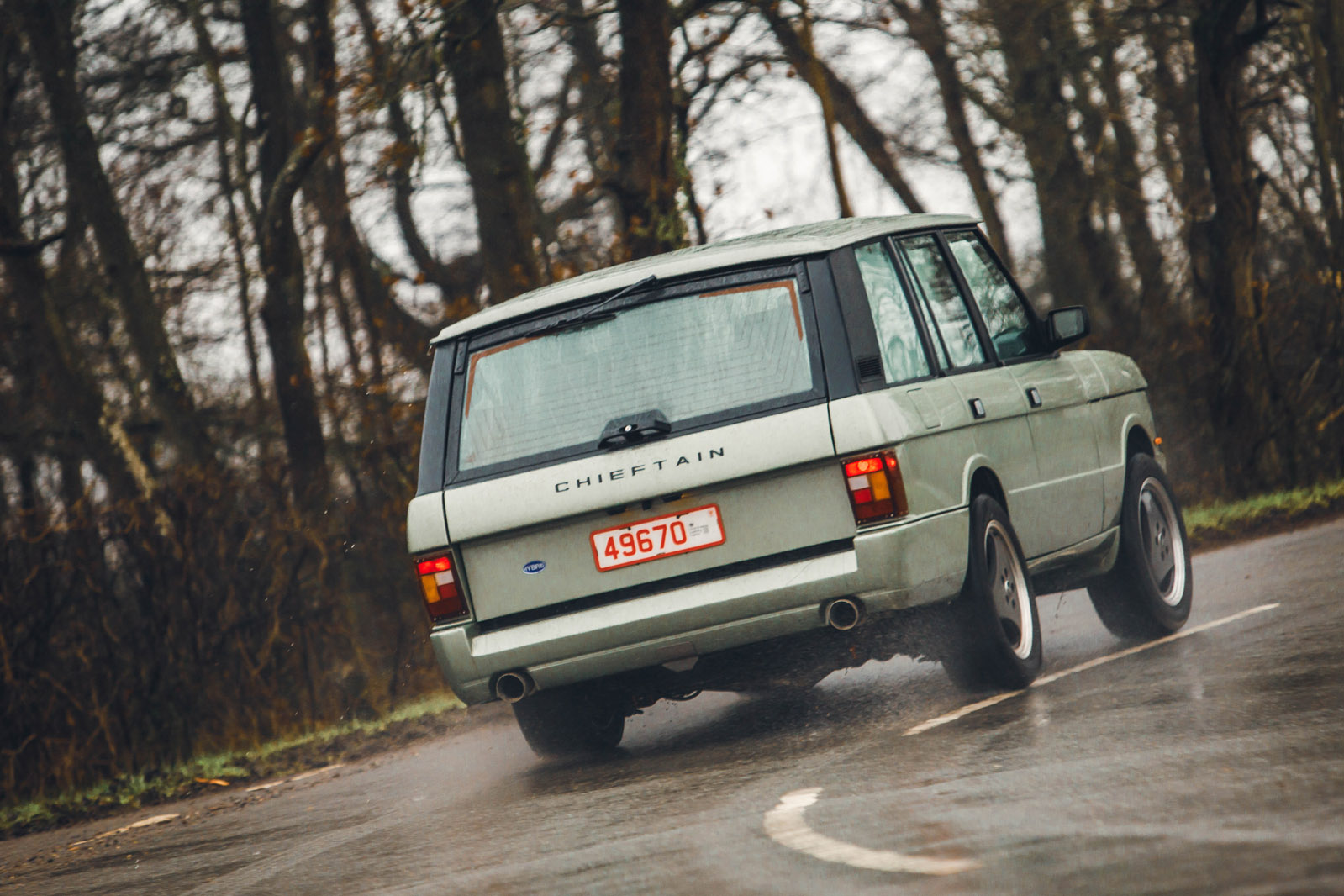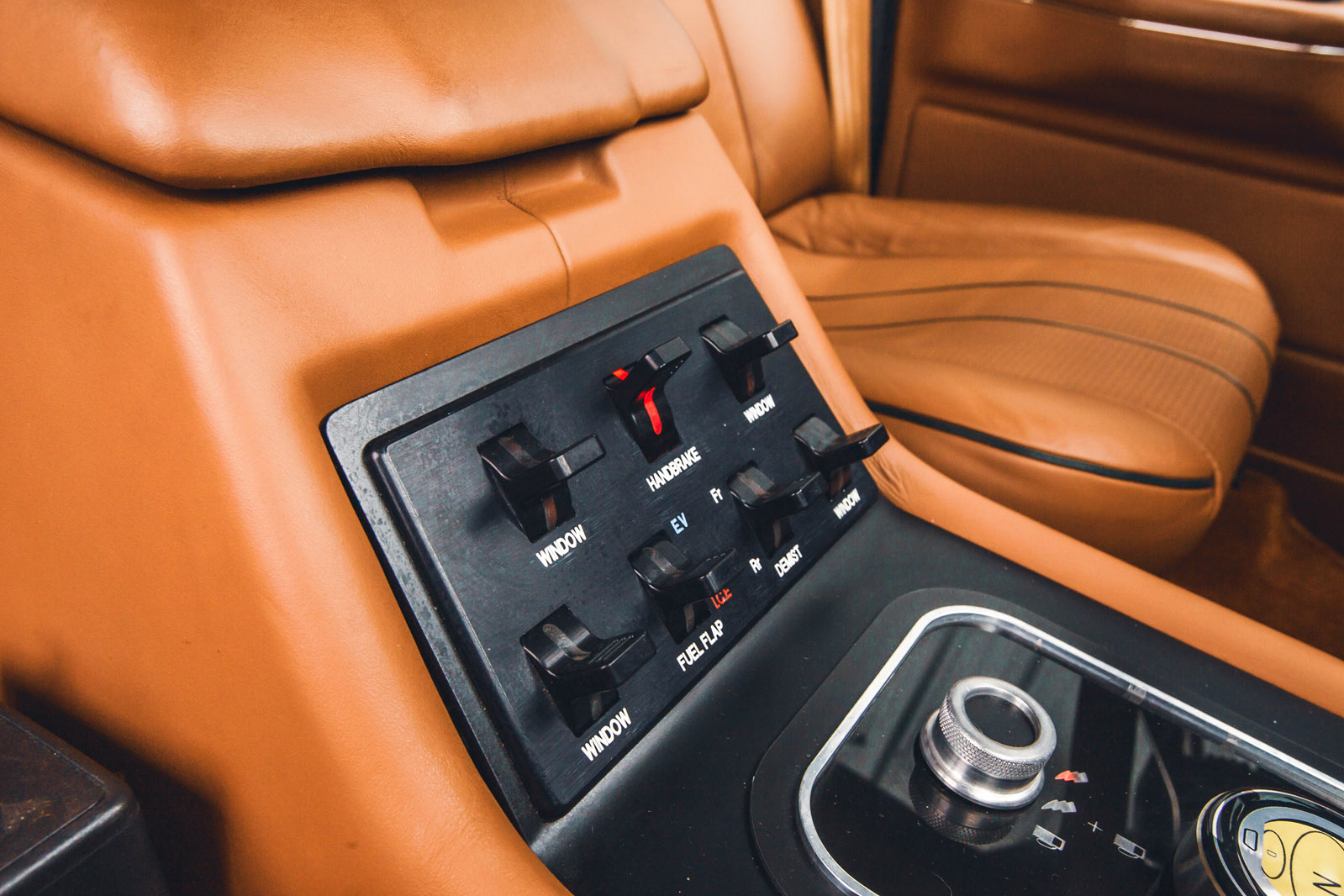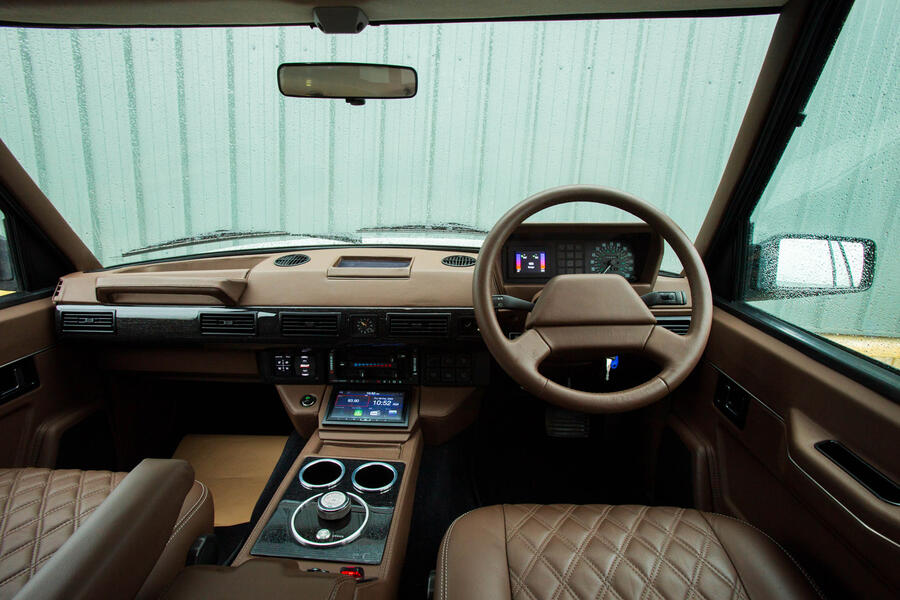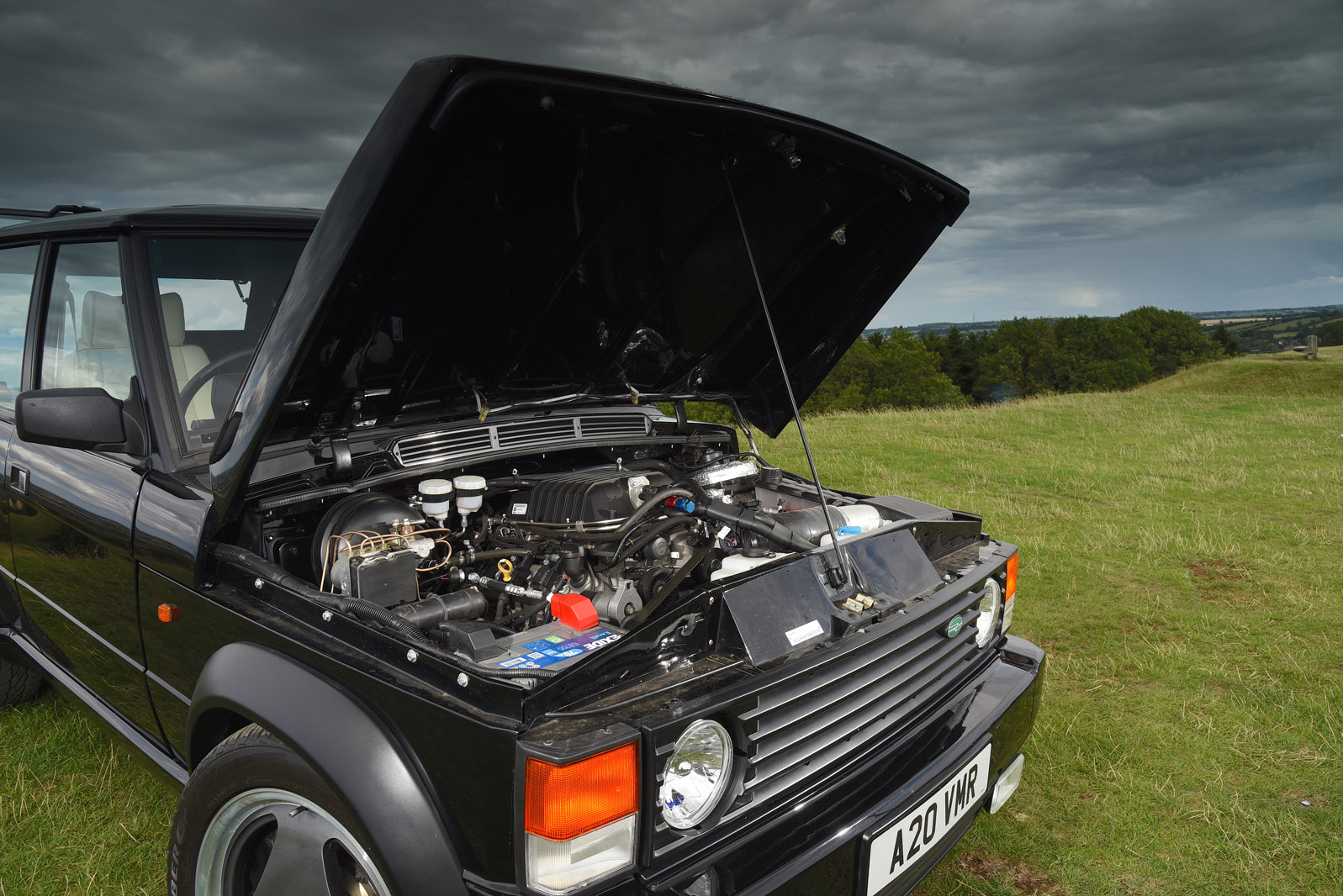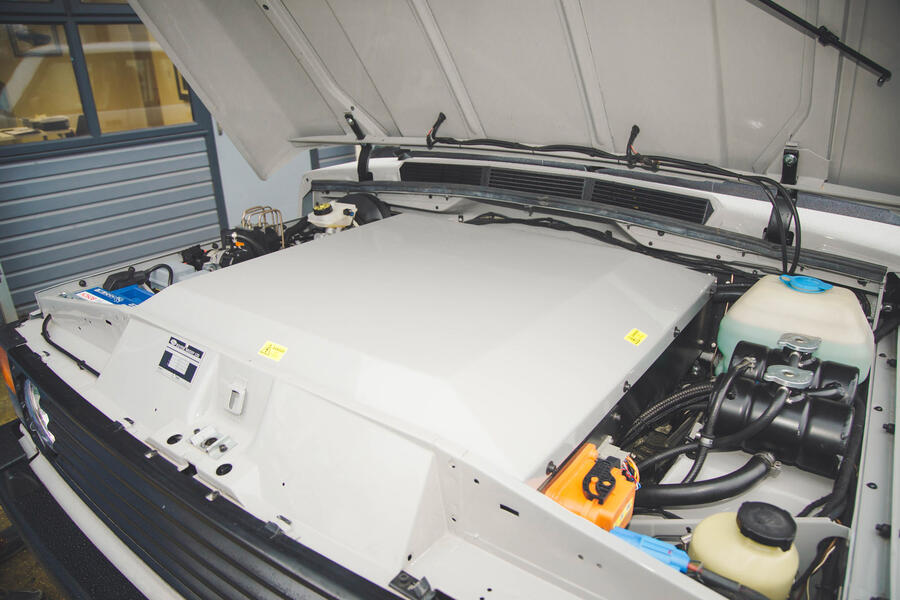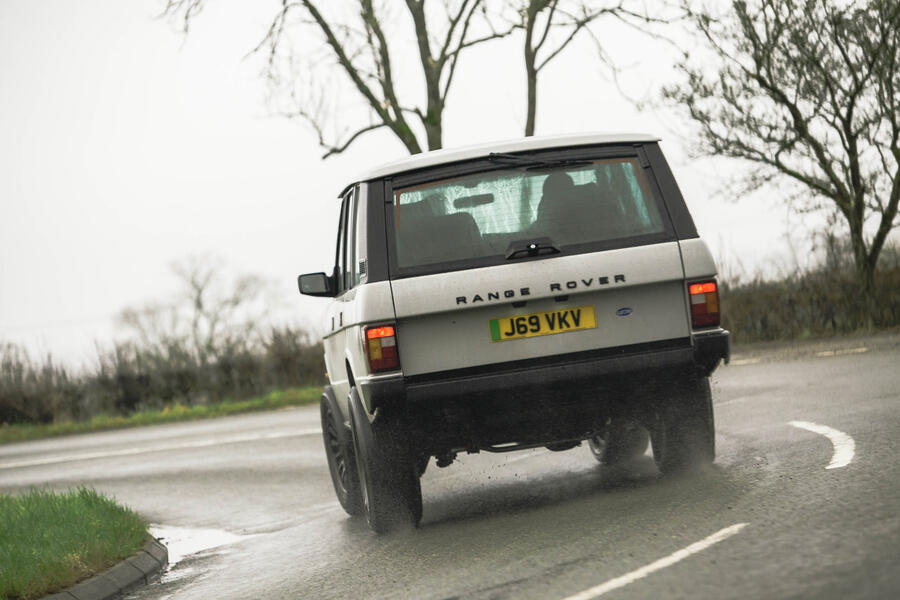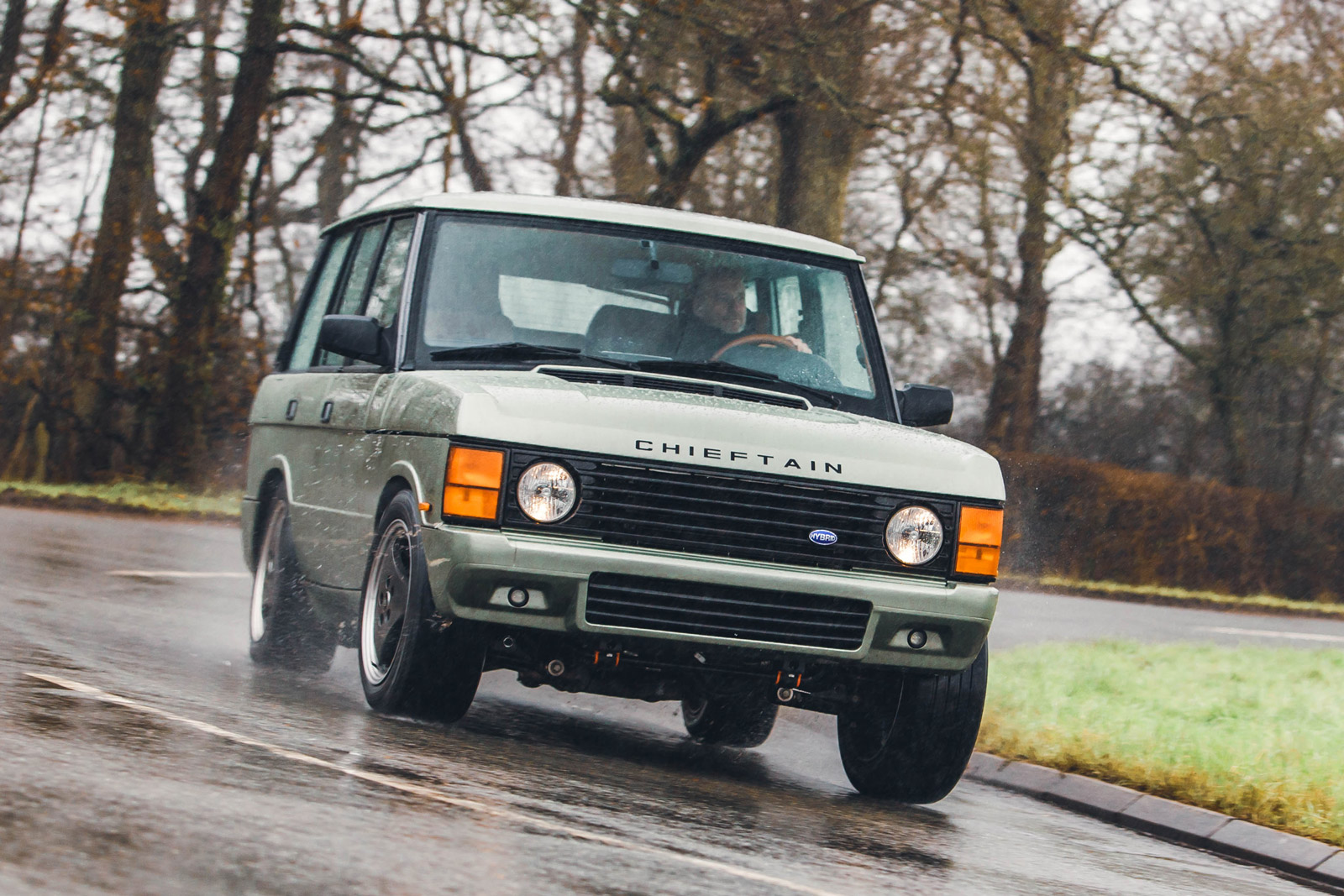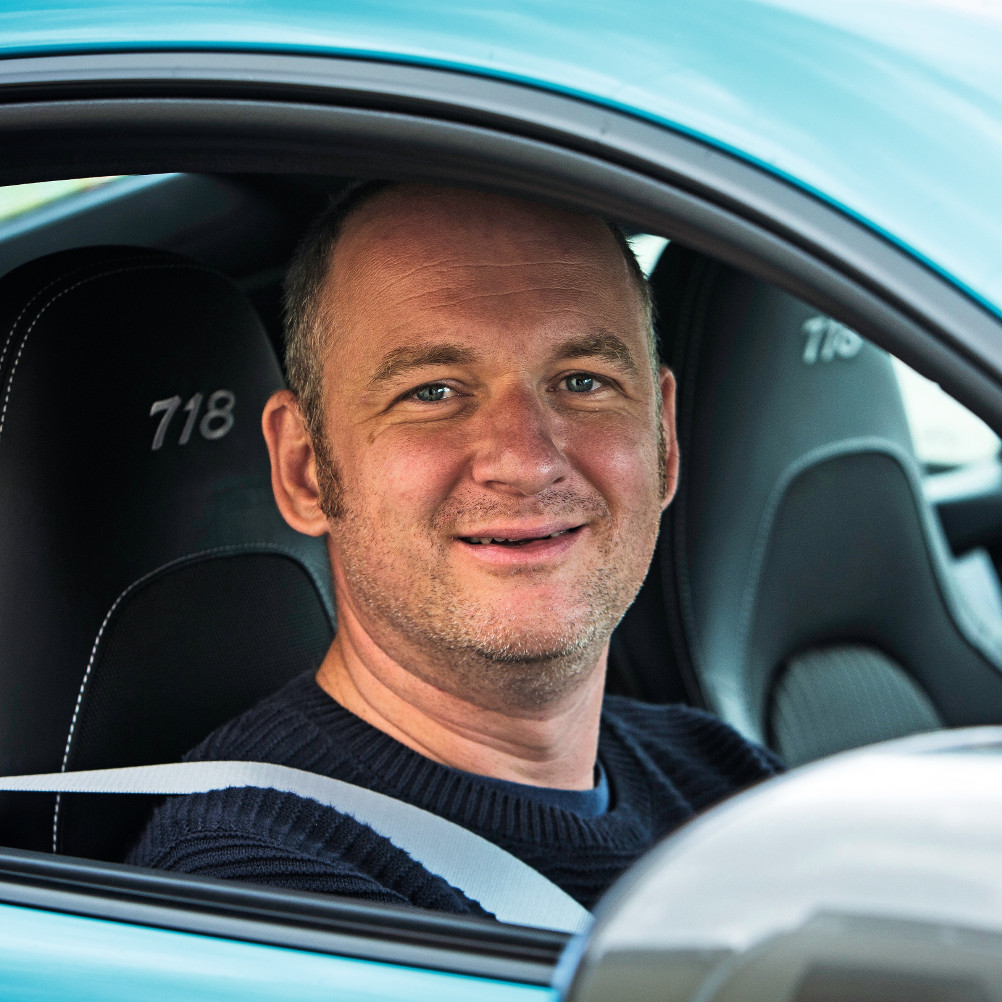For those that want a little more originality, then there are options to retain the standard car’s ladder frame chassis and live axles (this is the layout used by the EV we drove, although this added an aftermarket air-suspension set-up). You can then take things a little further with JIA’s own fully independent, double-wishbone suspension that gives a fractionally wider track. This has been achieved by cutting the ends off the original live axles, but retaining the differentials, to which are attached new driveshafts, while the coil-sprung suspension (with adjustable Spax dampers) then hangs off bespoke and beautifully fabricated pick-ups that are mounted to the existing chassis.
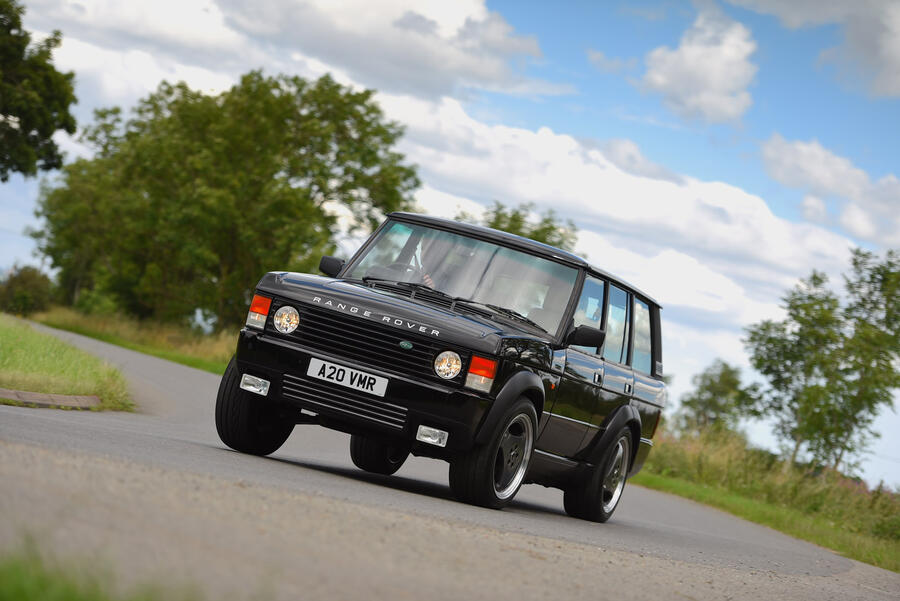
The beauty of the standard and modified ladder frame chassis options is that you can eschew the GRP add-ons and wide wheelarches to give the Chieftain a period perfect look if you wish. There have to be some compromises as the larger brakes (AP Racing discs all-round) and suspension enhancements demand bigger wheels and tyres, but JIA's billet 20-inch three-spoke wheels take their inspiration from those used on the original Vogue. For many, this tester included, Spen King's original lines are so appealing that this more subtle apprach suits the car much better.
The ‘basic’ powertrain choice is a 6.2-litre Chevy V8 in either naturally aspirated or supercharged guise and mated to an eight-speed auto. On all the ICE versions the driveline and diffs are carried over, although the Disco 3-based models lose the low range transfer capability (you’d have to be particularly churlish to take these hand-crafted creations off the beaten track).
Things get more technically challenging with the PHEV and EV models, which have taken more than 4000 hours each to develop and build. The former uses a 460bhp Chevrolet LT1 6.2-litre V8 that drives the rear wheels through an eight-speed auto, plus a pair of axial flow YASA P400R electric motors that serve-up 270bhp to the front axle.
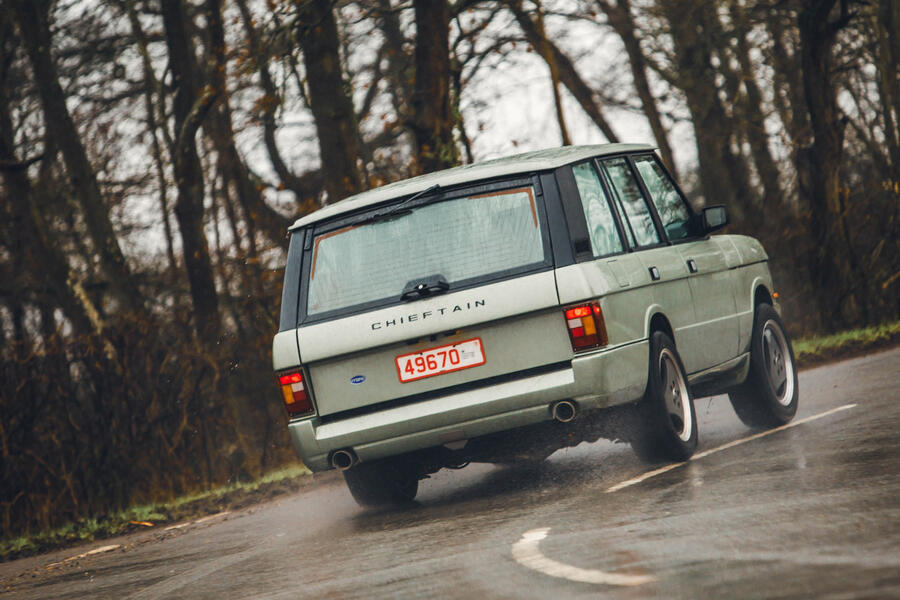
Sitting under the front passenger seat is a healthily-sized 62kWh CATL battery pack that offers an all-electric range of 100 miles. At the flick of a switch on the centre console drivers can choose to run either in petrol, EV or hybrid modes, the latter serving up over 700bhp and four-wheel drive traction.
For the EV, the woofly 3.9-litre V8 and sluggish four-speed auto are ditched in favour of a trio of the same YASA P400R motors (two driving the rear axle and one the front), that deliver a theoretical 648bhp peak (although JIA peg it back 405bhp in the name of driveability) with a 40:60 front to rear torque split.
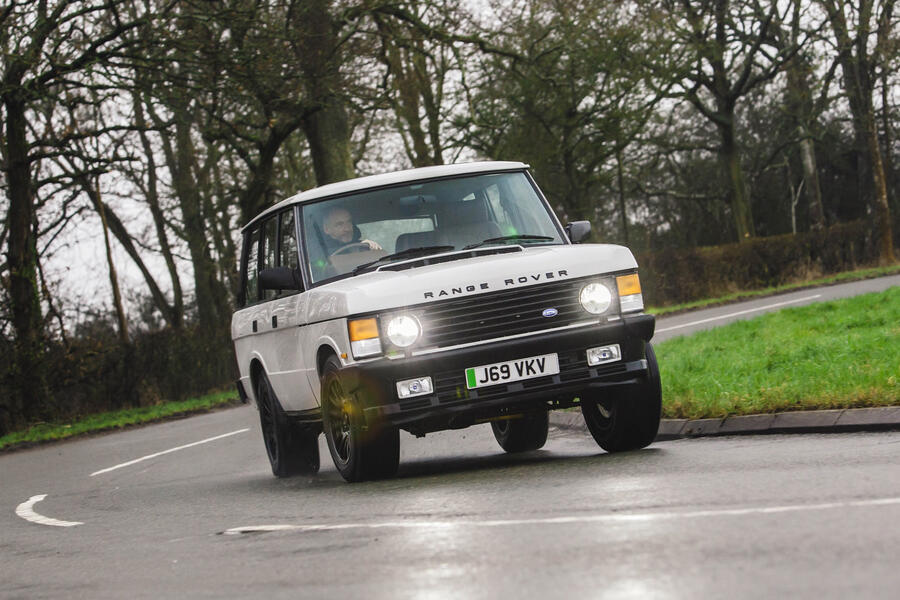
Battery capacity is a mighty 120kWh, the CATL lithium ion cells split into two packs, with one under the bonnet and the other beneath the boot floor. JIA claims a real world range of between 220 and 250 miles, while 800V architecture means a full charge can take as little as an hour and a half. Every part of the electrical system is of-the-shelf OEM (you won’t find any cast-offs from a crashed Tesla here).



